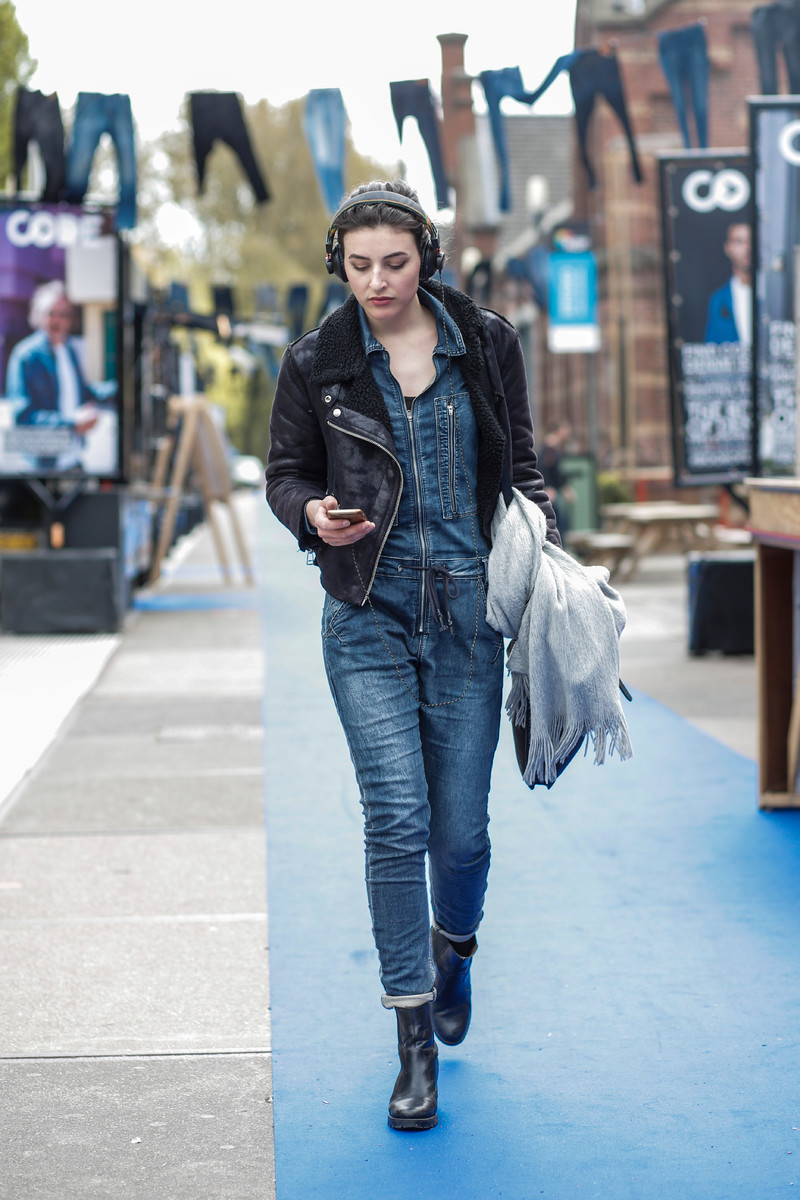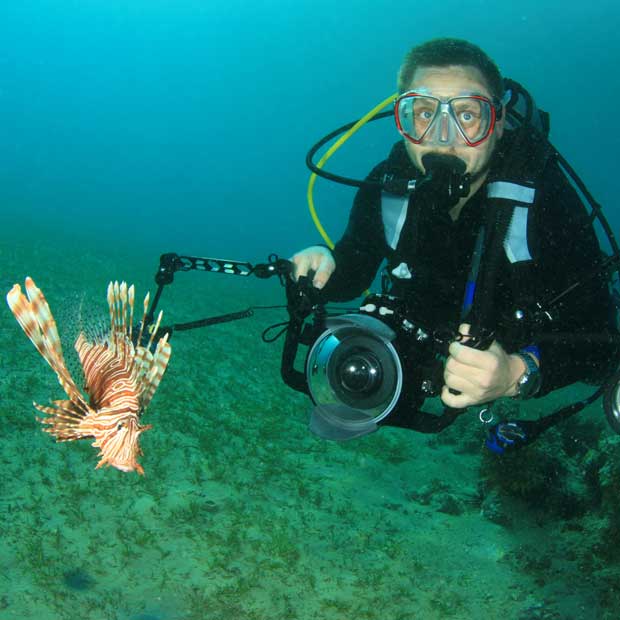TOP 5 TIPS FOR CREATING ORIGINAL FINE ART PHOTOGRAPHY | Photographer Directory
TIP 1: Incorporate the subject in your own background to
make craftsmanship
The huge mystery of making unique craftsmanship, and
compelling artwork photography by augmentation, is to will be to move the
weight in your photography from reporting the subject to utilizing the subject
to express your masterful vision. To move from general to individual. To move
from watching the world to translating the world. To move from being an
observer of life to being the "main performing artist" in life.
This thought may appear to be exceptionally theoretical at a
first look yet in the event that you ponder it you will see that when you
utilize photography as an instrument for making workmanship, you don't depend
such a great amount regarding the matter to make the picture, however you
rather concentrate on the most proficient method to influence the subject to
pass on your vision.
This is the reason I discuss (en)Visionography rather than
photography, when I discuss another method for making artistic work
photography. I have to delimit traditional photography from photography as
craftsmanship, photography as a requirement for the craftsman to communicate.
In the event that you begin thinking this way, you will see that, little by
little, you will end up noticeably autonomous from your subject and begin
demonstrating a greater amount of yourself in the pictures you make as opposed
to indicating a greater amount of the subject.
How to do it?
By utilizing your encounters as a motivation source and not
constraining yourself to utilizing what you see outside, in this way making a
blend between your encounters and the subject you have before you. Much the
same as an execution craftsman makes a blend between his feelings and the plot
of the performing demonstration. Both picture taker and the performing
craftsman join the subject in their creation, yet they don't depend regarding
the matter yet on their collaboration with it, that makes one of a kind
outcomes, since each craftsman is remarkable.
As a picture taker, you will use, with a specific end goal
to make this association, your camera and the altering programming as physical
devices, however you will for the most part utilize the vision and aim that
begin from your psyche and soul, which is the thing that triggers the need to
make the photo in any case.
This implies generally to show yourself in the craftsmanship
you make and this takes fearlessness as you may feel powerless while doing
this, however as I would see it, without genuineness there can be no
workmanship and in this regard it is worth to abandon yourself be helpless
keeping in mind the end goal to make important craftsmanship, as I contend in
this article about being defenseless in craftsmanship.
TIP 2: Live your photography like an execution craftsman
experience his follow up on arrange
When I consider the communication between the subject and
the craftsman, and by expansion the connection of both subject and craftsman
with the watcher, my psyche goes nearly in a programmed path to the execution
specialists who not just translate a part in their execution demonstration, yet
they in reality live them. Everything occurring in an execution demonstration
is genuine and regardless of the possibility that the craftsman utilizes an
underlying plan to make a plot through which he or she will associate with the
watcher, the show takes off in its own specific manner and obtains its own
particular life while happening, with both the craftsman and the watcher taking
part specifically to it and collaborating with each other, while testing the
vitality and feeling it discharges.
I can't help not partner the work a fine picture taker does
with the work a performing craftsman does, as in the craftsman picture taker is
living inside his pictures simply like a performing craftsman is living inside
his exhibitions. Everything should be valid and genuine, everything should be
close to home, for the feeling to be bona fide and make a solid impact on the
watcher.
In case you're not comfortable with the thought of execution
craftsmanship, here is some documentation about it that will enable you to
comprehend . Execution Art – History, Ideas, Styles basically, execution
craftsmanship is a capricious type of workmanship that prospered in the 1960s,
after the developments of Modernism and Abstract Expressionism blurred in
power, however is as yet across the board right up 'til today, where the
craftsman is available in the protest of workmanship he makes, the question of
workmanship being the execution he makes before the gathering of people. It is
a type of craftsmanship that can't be safeguarded however it must be lived when
it is going on. Be that as it may, regardless of the possibility that there is
no physical outcome that can be kept for the future in a material shape, the
feeling and power of the imaginative demonstration and the force of the
collaboration between the craftsman and the watcher amid this exhibitions is
intense to the point, that from numerous points of view it surpasses the force
one may feel before a physical question of workmanship.
An understand contemporary performing craftsman is Marina
Abramovic, and a considerable lot of you may know her execution "The
Artist is Present" a couple of years prior at MoMA in New York, where the
plot of the execution was for her to sit at a table, before everybody from
people in general who needed to join her on the opposite side of the table, and
for them to simply investigated each other's eyes for a specific timeframe,
making an association without words or different methods for articulation. The
outcome was a truly solid association between the craftsman and each of the
"watchers", they both ending up some portion of the question of
workmanship. Here is a short introduction of a narrative made in light of this
occasion. Marina Abramovic – The Artist is Present
For me this is a standout amongst other cases of how a
craftsman cooperates with the group of onlookers, of how a picture taker
communicates with his watchers.
Through our manifestations, we as a whole do only this:
investigate the eyes of our watchers and let them investigate our eyes and into
our souls to see the privileged insights covered up there, to see the feeling
and our profoundly established substance. This makes inventiveness and realness,
this makes a photo more than a demonstration of recording life, it influences
it to end up life itself and it pushes it into the domain of craftsmanship.
TIP 3: Photography as an autobiographic instrument – From
enhancement to workmanship
Craftsmanship must be conceived from within the craftsman.
It must be close to home and in view of his own involvement and feeling. In the
event that it is not individual, at that point it turns out to be just an
enriching component.
There is nothing amiss with making a beautifying component,
it is just about what you choose to do. You have to choose on the off chance
that you need to make craftsmanship or in the event that you go for making
diversion, which is the thing that a brightening creation is gone for. The two
cases are exceptionally respectable and worth your exertion. They are quite
recently extraordinary and in light of various standards.
Workmanship originates from thoughtfulness and the steady
journey for reality, while embellishment is conceived from outside impacts.
Embellishment is gone for having tasteful qualities alone, while craftsmanship
needs to make feeling and force of response.
As I said commonly some time recently, every one of my
pictures, either free or arrangement, are autobiographic. They don't discuss
the subjects you see however they discuss myself. You may not know the story
they tell in detail, but rather you can recount that there is a story there and
it is the genuineness of this story that makes the pictures bona fide.
Each hint of light or shadow has a significance in my
pictures, much the same as the notes in a music score, much the same as the
words in a sonnet. At the point when the picture is done I can't include or
evacuate anything without annihilating it.
I could compose a sonnet, yet I make a photo. It is my
cognizant decision, however the significance can be the same as though I would
compose a sonnet. I am just utilizing photography and my subjects to express my
thoughts. The feeling and vitality are the same, just the device I use to
express them is unique.
TIP 4: Choose your subject so to make an image
An established picture taker may not concur with me now and
may state that I have no regard for my subjects since I utilize them as
instruments. He may be ideal, from the perspective of traditional photography.
I am without a doubt utilizing my subjects and I am changing
them as much as I require so they can speak to what I have as a top priority,
what I feel.
Yet, I do have an association with them and I generally pick
a subject that can pass on my thought obviously. This is the way I regard my
subjects, by utilizing each subject at the correct minute, by utilizing them as
images and giving them a place in my life.
These subjects are recounting the tale of my life and they
will outlast me. I could state that I will live perpetually through my
subjects. They are presently out there into the world and with them a piece of
me, in this way, as it were, I live now all over and not just in my physical body.
I take my subjects from the outside world, I change them and I give them back
to a similar world in an alternate shape, as myself. When my pictures abandon
me and backpedal to the world, I will be there once more, much the same as I
was before through my subjects.
In the event that you think this is excessively unique,
making it impossible to appreciate, too a long way from the functional parts of
photography, simply recollect the primary element of craftsmanship is
opportunity of thought and flexibility of feeling. Try not to be hesitant to
think diversely and feel profoundly. Craftsmanship is one of only a handful
couple of things in this world that permits you, and even expects you.
Everything around you can be an image for any feeling you felt and you need to
transmit it to the watcher.
TIP 5: Do not turn into a "Mannerist" in
craftsmanship
How not to fall into the entanglement of doing what has been
done before – How to not turn into a "mannerist"?
There are such a significant number of subjects around you
to look over. What you should shoot and how? How you should process your photos
and why? Would it be advisable for you to pick design, scene or individuals?
The appropriate response is in yourself and that is the main
place where you should hope to discover the appropriate response. It is not in
what is in vogue or what offers. Regardless of how en vogue a subject or style
is, whether you don't make following your own vision you won't have the
capacity to make significant artistic work photography since it won't be
legitimate and earnest, it may be, as it is brought in craftsmanship for the
most part, manneristic.
















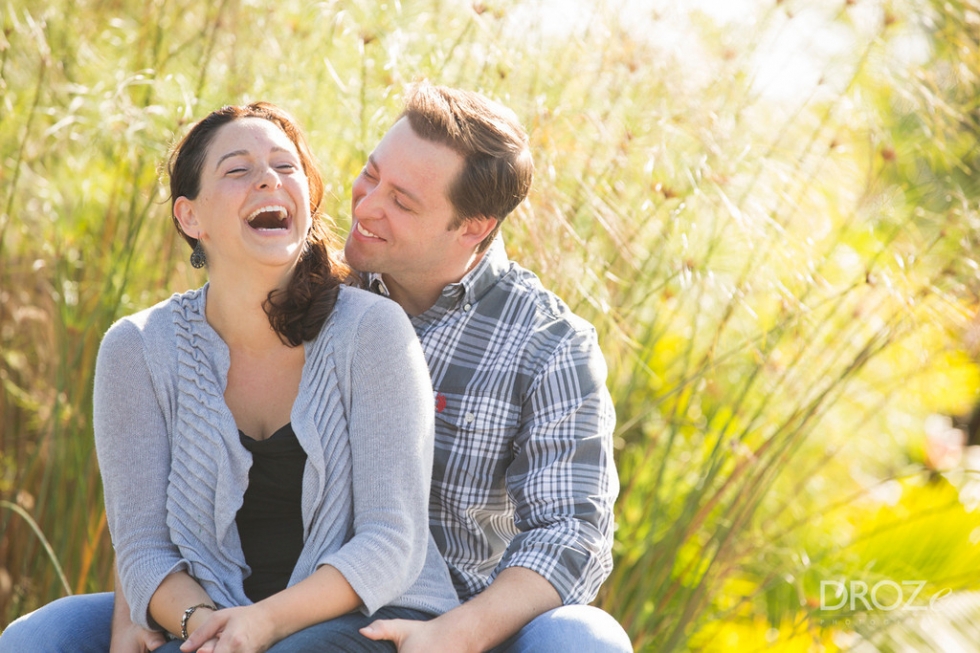


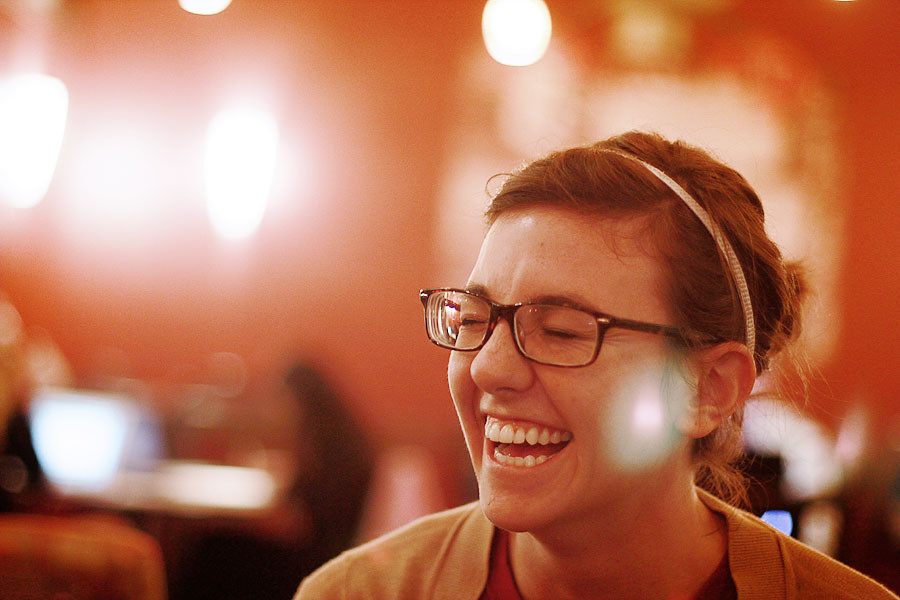










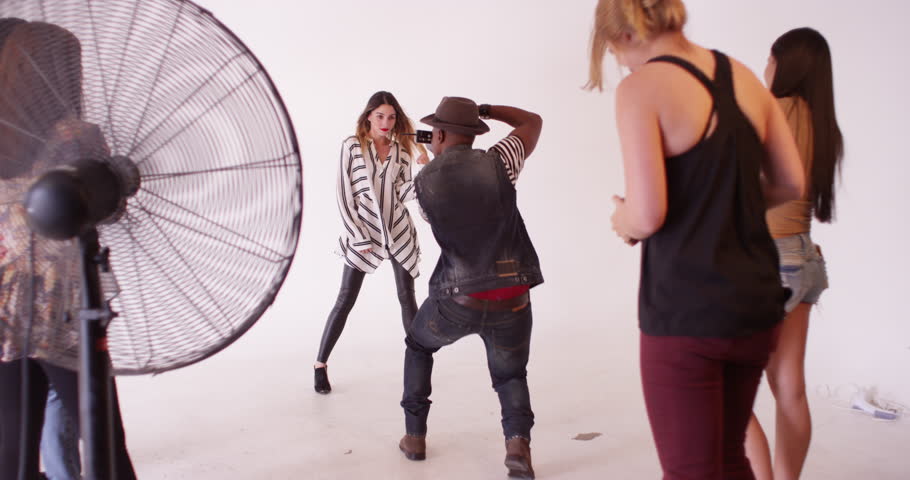)


